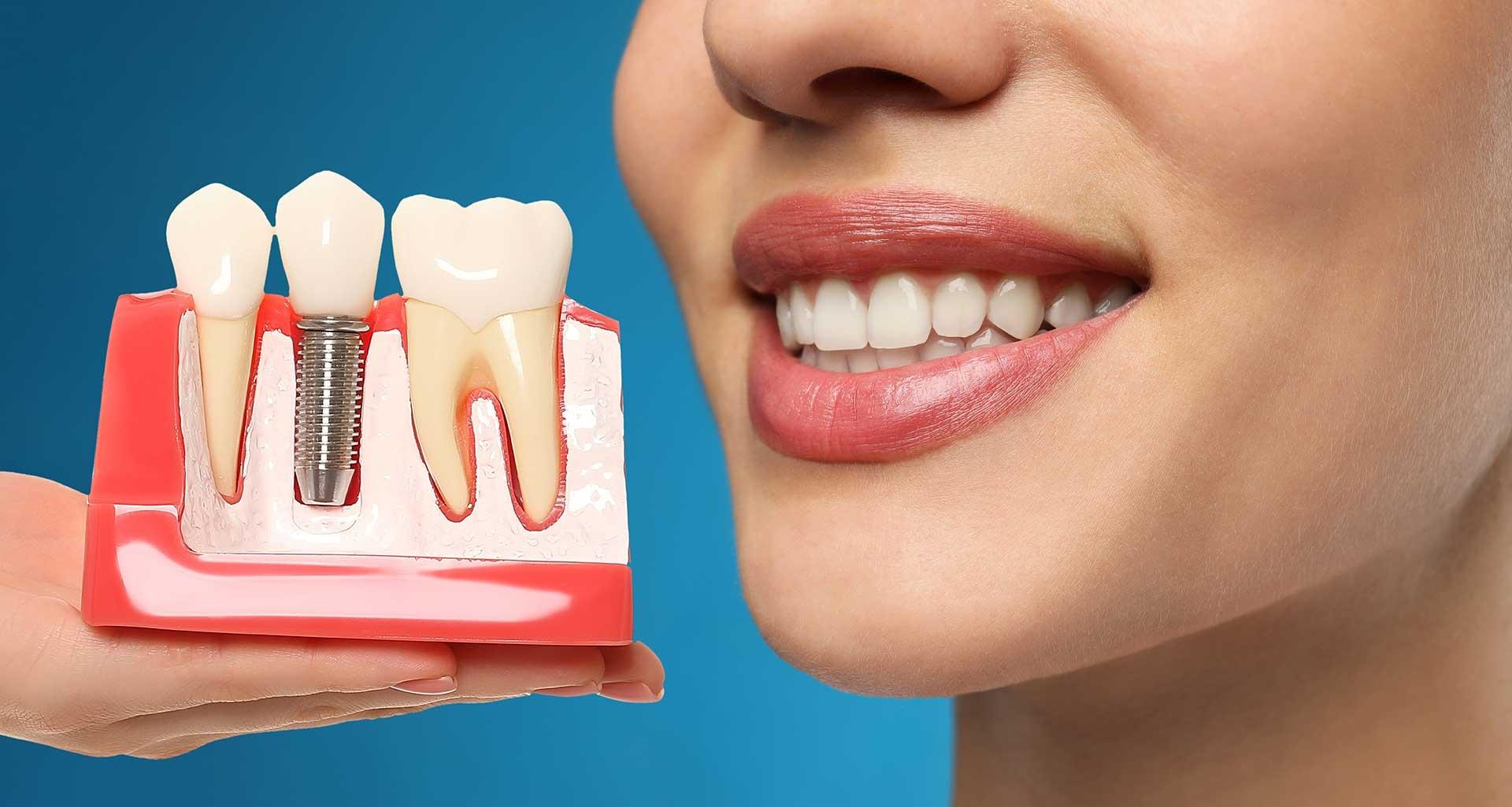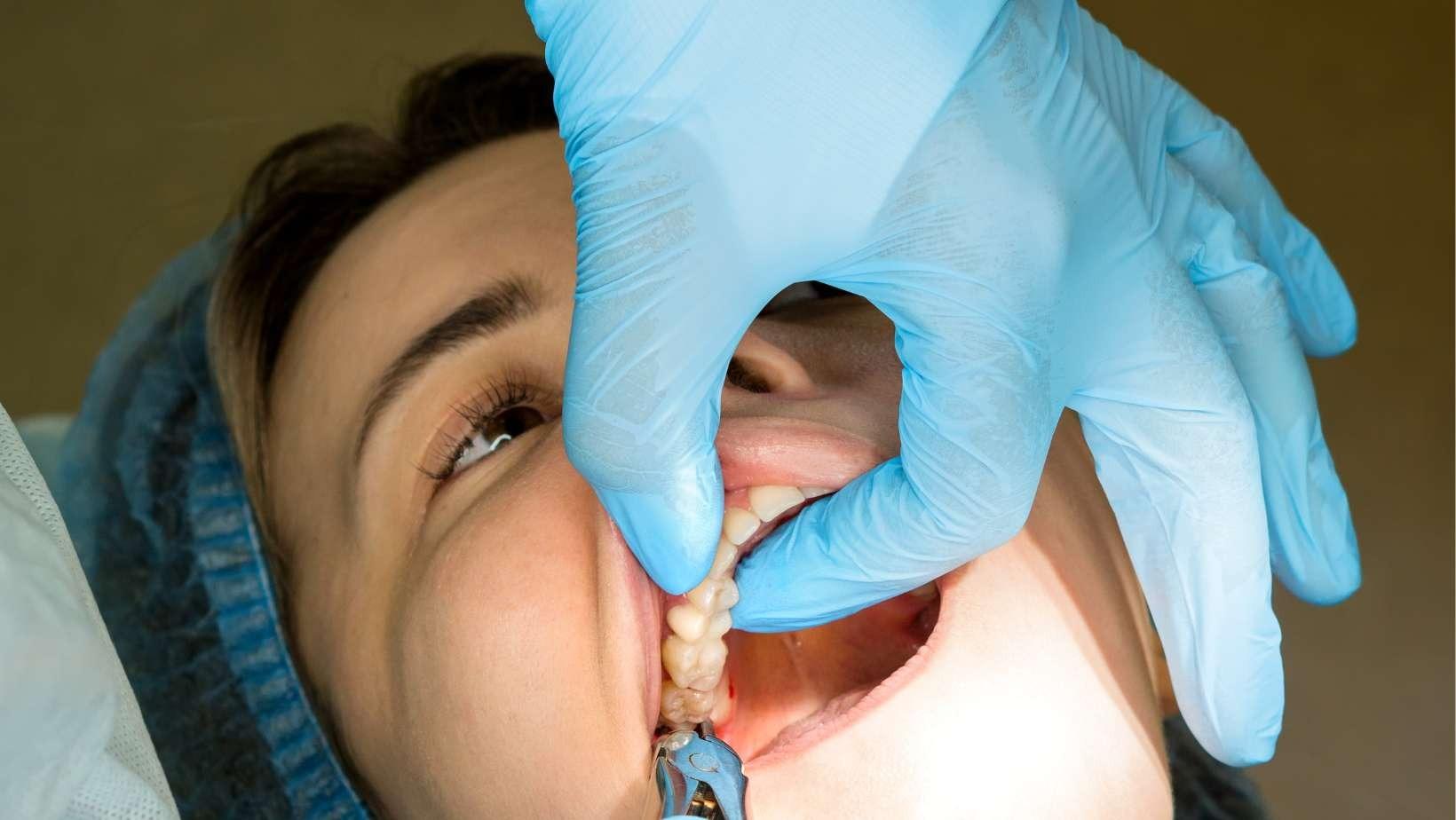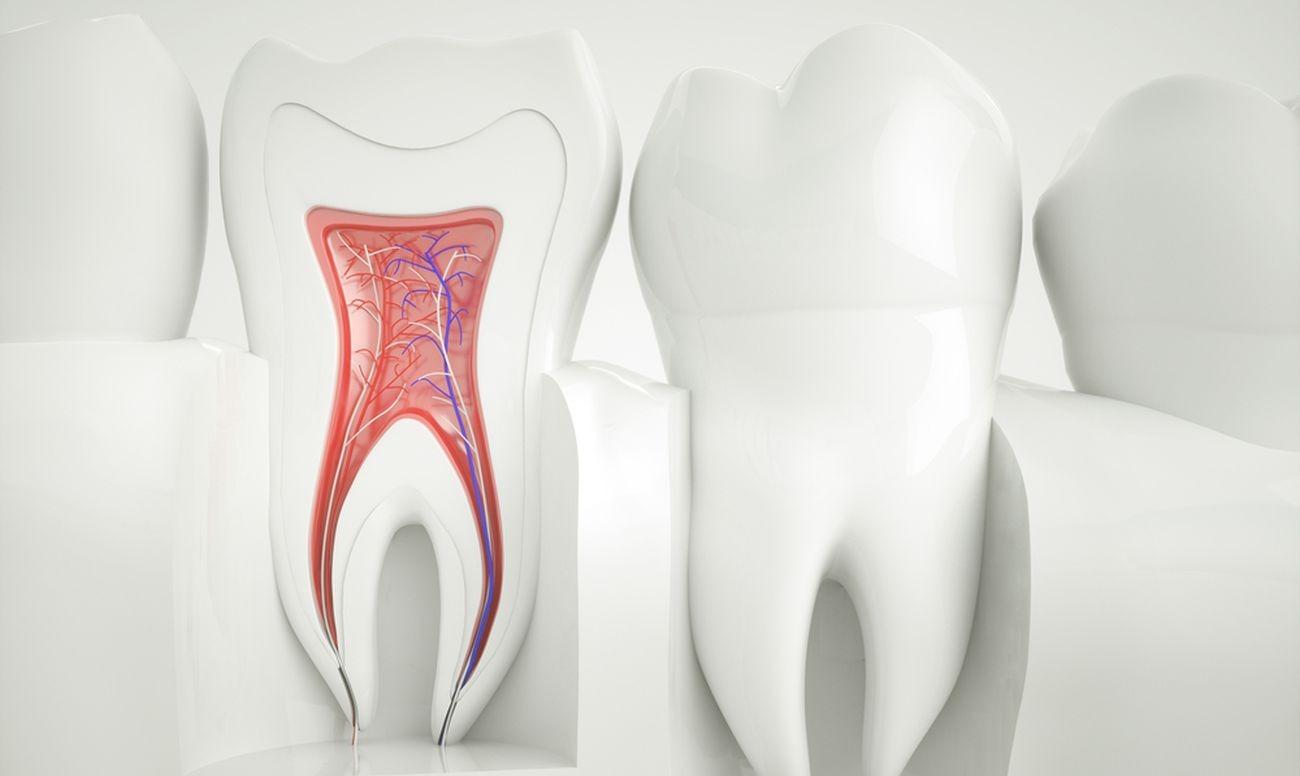Regular dental visits are a vital part of maintaining a child’s overall health. Early dental care not only helps prevent cavities and gum problems but also teaches children the importance of good oral hygiene habits that can last a lifetime. Starting dental visits at a young age helps kids become comfortable with the dentist, reducing fear or anxiety in future appointments.
During a pediatric dental exam, both parents and children can expect a gentle, educational experience designed to keep young smiles healthy. The dentist will check for tooth decay, gum health, and proper jaw development while offering guidance on brushing, flossing, and diet. These early visits set the foundation for a lifetime of confident, cavity-free smiles.
Understanding Pediatric Dental Exams
A pediatric dental exam is a comprehensive oral health checkup designed specifically for children, focusing on the growth, development, and prevention of dental issues from an early age. These exams help ensure that baby teeth, gums, and jaw structures are healthy and developing properly. Early detection of problems like cavities, misalignment, or enamel defects allows for timely and effective treatment.
Unlike an adult dental checkup, a pediatric exam is tailored to a child’s comfort and developmental needs. The dentist uses smaller instruments, a gentler approach, and a reassuring tone to make the experience positive and stress-free.
Pediatric dentists specialize in treating children from infancy through adolescence. They are trained not only in dental care but also in child behavior management, helping young patients feel safe and confident during visits. Their goal is to create a fun, educational environment that encourages lifelong healthy oral habits.
Before the Appointment
Preparing your child for their first dental visit helps ensure a smooth and positive experience. Parents play an important role in shaping how their child feels about going to the dentist, so a little preparation goes a long way.
1. Talk About the Visit Positively
Use simple, encouraging language to explain that the dentist helps keep their teeth healthy and strong. Avoid using words like “pain” or “needle,” which may cause unnecessary fear. Reading children’s books or watching fun videos about dentist visits can also make the idea more familiar and less intimidating.
2. Bring Comfort Items
Allow your child to bring a favorite toy, blanket, or stuffed animal to the appointment. Familiar items can provide comfort and security, helping them feel relaxed during the exam.
3. Complete Necessary Forms
Parents will typically be asked to fill out medical and dental history forms before the visit. These forms help the dentist understand your child’s overall health, allergies, and any previous dental concerns.
4. Set Realistic Expectations
Let your child know that the first visit is mostly about getting to know the dentist and learning how to take care of their teeth. The appointment usually includes a gentle checkup, possibly a light cleaning, and a fun introduction to dental tools all in a friendly, reassuring environment.
Initial Introduction and Comfort Phase
The first few minutes of a pediatric dental visit are all about helping the child feel comfortable, calm, and welcomed. Pediatric dentists understand that a child’s early experiences shape their attitude toward dental care, so they take extra care to make the introduction friendly and stress-free.
1. Building Rapport with the Child
The dentist usually begins by greeting the child with a warm smile and friendly conversation. They may ask simple questions about school, favorite cartoons, or hobbies to build trust and create a relaxed atmosphere. This approach helps children see the dentist as a caring friend rather than someone to fear.
2. Kid-Friendly Environment
Most pediatric dental offices are designed with bright colors, fun décor, and engaging elements such as toys, cartoons, or play areas to create a cheerful environment. This child-focused design helps distract from anxiety and turns the visit into a positive experience.
3. Gentle Introduction to Dental Tools
To reduce fear of the unknown, the dentist may show the child some of the tools in a playful, non-threatening way perhaps calling the dental mirror a “tooth counter” or the suction tool a “tiny vacuum.” Allowing the child to see and touch safe instruments before the exam builds curiosity instead of fear.
By combining warmth, patience, and a playful approach, pediatric dentists make the first phase of the appointment both fun and reassuring, setting the stage for a cooperative and confident dental visit.
Oral Examination Process
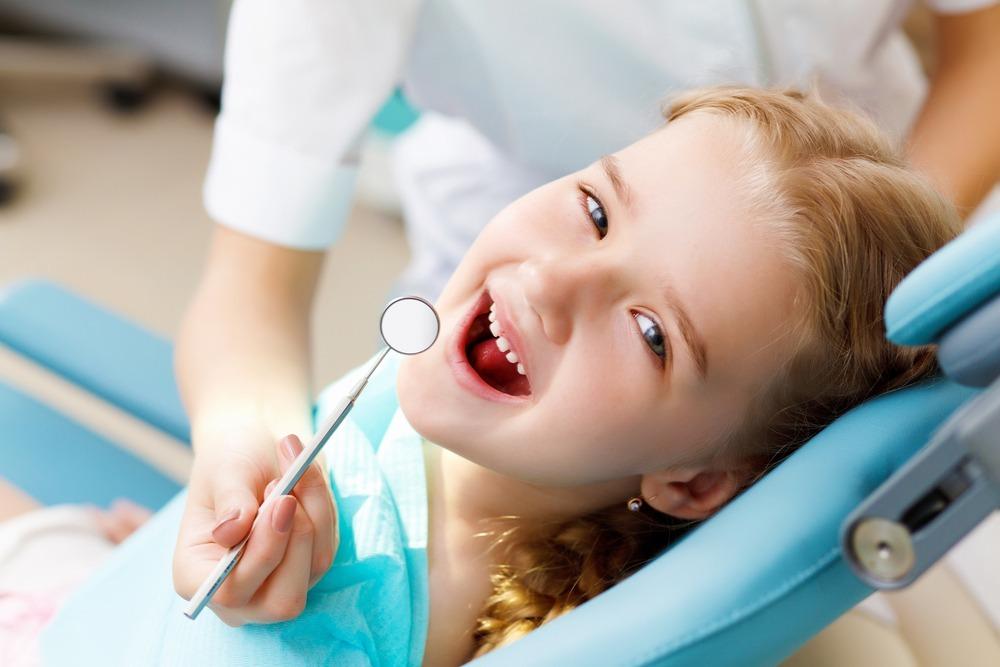
During the pediatric dental exam, the dentist performs a thorough evaluation to ensure your child’s teeth, gums, and jaw are healthy and developing properly. This process typically includes several key steps:
1. Checking Teeth and Gums
The dentist carefully examines each tooth for cavities, enamel defects, and plaque buildup. They also evaluate gum health, looking for signs of redness, swelling, or early inflammation that could indicate gum disease. This step helps catch dental problems early, preventing more serious issues down the line.
2. Assessing Bite and Jaw Development
A crucial part of the exam involves checking how the upper and lower teeth fit together. Proper bite alignment ensures efficient chewing and prevents jaw problems. Early detection of misalignment or bite issues allows the dentist to recommend timely orthodontic interventions, which can save your child from more extensive treatment in the future.
3. X-Rays (If Needed)
In some cases, the dentist may recommend dental X-rays to see what’s happening below the gum line, including the development of permanent teeth or hidden cavities. Pediatric dental offices use special safety measures, such as lead aprons and thyroid collars, to minimize radiation exposure and ensure the procedure is safe for children.
By combining visual inspection, bite assessment, and imaging when necessary, the oral examination provides a complete picture of your child’s dental health, allowing for personalized care and preventive guidance.
Professional Cleaning
After the oral examination, the dentist or dental hygienist usually performs a professional cleaning to maintain your child’s oral health and prevent future dental problems.
1. Removing Plaque and Tartar
Even with regular brushing and flossing, plaque and tartar can accumulate in hard-to-reach areas. The dental team carefully removes these deposits, helping to prevent cavities, gum inflammation, and other oral health issues.
2. Gentle Polishing
Once the teeth are clean, they are polished with a gentle abrasive paste, leaving a smooth, shiny surface. Polishing not only enhances the appearance of teeth but also makes it harder for plaque to stick, supporting better oral hygiene at home.
3. Fluoride Treatment
To further protect against cavities, a fluoride treatment may be applied. Fluoride strengthens tooth enamel, making teeth more resistant to decay. This preventive step is especially important for children, whose teeth are still developing and more vulnerable to cavities.
Education and Guidance
A key part of a pediatric dental visit is educating both children and parents on how to maintain healthy teeth and gums at home.
1. Brushing and Flossing Techniques
The dentist or dental hygienist demonstrates proper brushing and flossing methods, ensuring your child learns the correct way to clean every surface of their teeth. Hands-on guidance and fun techniques can make oral hygiene a positive, engaging routine.
2. Healthy Eating Tips
Diet plays a crucial role in dental health. The dental team provides tips on healthy eating, including limiting sugary snacks and drinks that can contribute to cavities. They may also suggest tooth-friendly alternatives that support strong enamel and overall oral health.
3. Addressing Oral Habits
Pediatric dentists discuss habits such as thumb-sucking, pacifier use, or nail-biting, which can impact tooth alignment and jaw development if prolonged. Guidance is provided on how and when to gently help your child break these habits to prevent long-term dental issues.
By combining practical demonstrations with personalized advice, this guidance helps children develop lifelong healthy habits and empowers parents to actively support their child’s oral care routine. Professional cleaning during a pediatric dental exam ensures that your child’s teeth stay healthy, clean, and strong setting the foundation for lifelong oral hygiene habits.
Parental Discussion and Next Steps
At the conclusion of the pediatric dental exam, the dentist meets with the parents to review the findings and discuss any areas of concern. This step ensures that parents fully understand their child’s oral health status and the recommended next steps.
1. Reviewing Findings
The dentist explains any issues discovered during the exam, such as cavities, early signs of gum disease, bite misalignment, or habits that may affect dental development. Clear explanations and visual aids help parents grasp the situation and make informed decisions.
2. Creating a Treatment or Prevention Plan
If any concerns are identified, the dentist develops a personalized treatment or prevention plan. This may include fillings, sealants, fluoride treatments, orthodontic evaluations, or specific home-care recommendations to address the issue before it progresses.
3. Scheduling the Next Checkup
Routine follow-up visits are scheduled to maintain oral health and monitor development. Most children benefit from checkups every six months, though the dentist may recommend more frequent visits if there are ongoing concerns.
By involving parents in the discussion and planning, pediatric dental visits foster a team approach to maintaining a child’s healthy smile and building lifelong oral care habits.
Making Dental Visits a Positive Experience
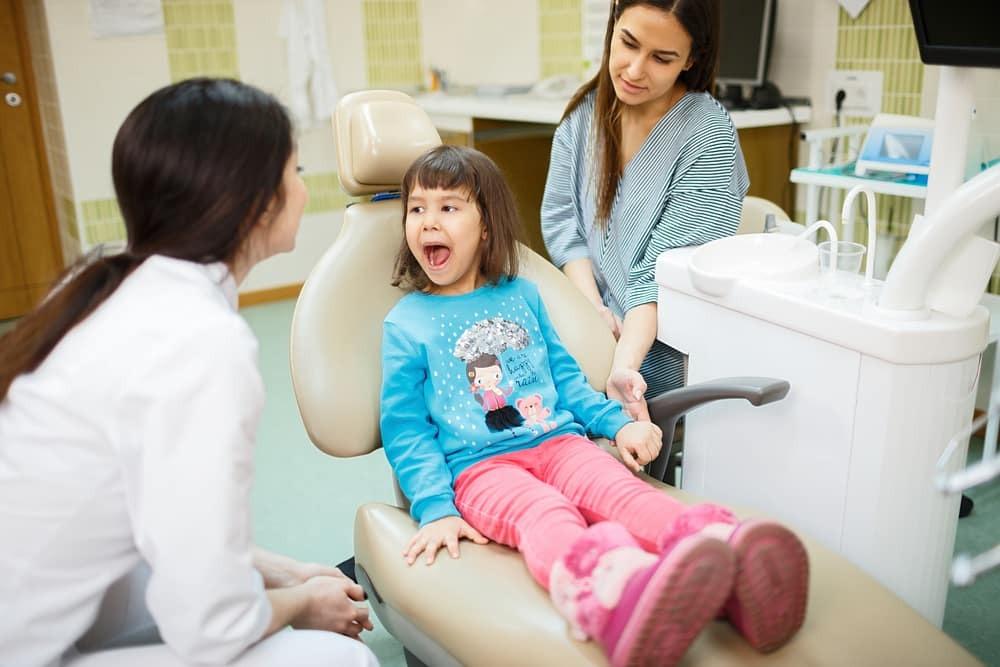
Creating a positive association with dental visits early on helps children develop healthy lifelong habits and reduces anxiety for future appointments.
1. Reinforce Positive Behavior
After the visit, parents should praise and encourage their child for cooperating during the exam or cleaning. Small rewards, verbal encouragement, or a fun activity can reinforce good behavior and make dental care feel like a positive experience rather than a chore.
2. Encourage a Stress-Free Attitude
Parents can model a calm and relaxed attitude toward dental care, avoiding expressions of fear or worry. Reading children’s books about dental visits, discussing upcoming appointments in a positive light, and maintaining routine visits help children view the dentist as a friendly, supportive environment rather than a source of stress.
By reinforcing positive experiences and promoting a relaxed mindset, parents can help their child develop confidence, comfort, and a proactive attitude toward oral health that lasts a lifetime.
Conclusion
Regular pediatric dental exams play a crucial role in maintaining healthy teeth and gums while promoting lifelong oral hygiene habits. Early prevention through routine checkups helps detect cavities, monitor growth, and address habits that may affect dental development, ensuring children enjoy a healthy, confident smile as they grow.
These visits also help children become comfortable and confident in the dental environment, reducing anxiety and fostering positive attitudes toward oral care. By actively participating in their child’s dental routine and attending scheduled checkups, parents can support long-term oral health and overall well-being.
Schedule your child’s next dental visit with confidence, knowing that early care lays the foundation for a lifetime of strong, healthy smiles.
FAQs
1. At what age should my child have their first dental visit?
The American Academy of Pediatric Dentistry recommends scheduling the first visit by age one or within six months of the first tooth appearing.
2. How often should children see the dentist?
Most children benefit from routine checkups every six months, though your dentist may suggest more frequent visits if needed.
3. Are dental X-rays safe for children?
Yes. Pediatric dental X-rays use minimal radiation and protective measures like lead aprons to ensure safety.
4. How can I prepare my child for a dental exam?
Talk positively about the visit, bring comfort items, and explain that the dentist helps keep teeth healthy and strong.
5. What preventive treatments are common during pediatric exams?
Preventive care may include professional teeth cleaning, fluoride treatments, and dental sealants to protect teeth from cavities.


